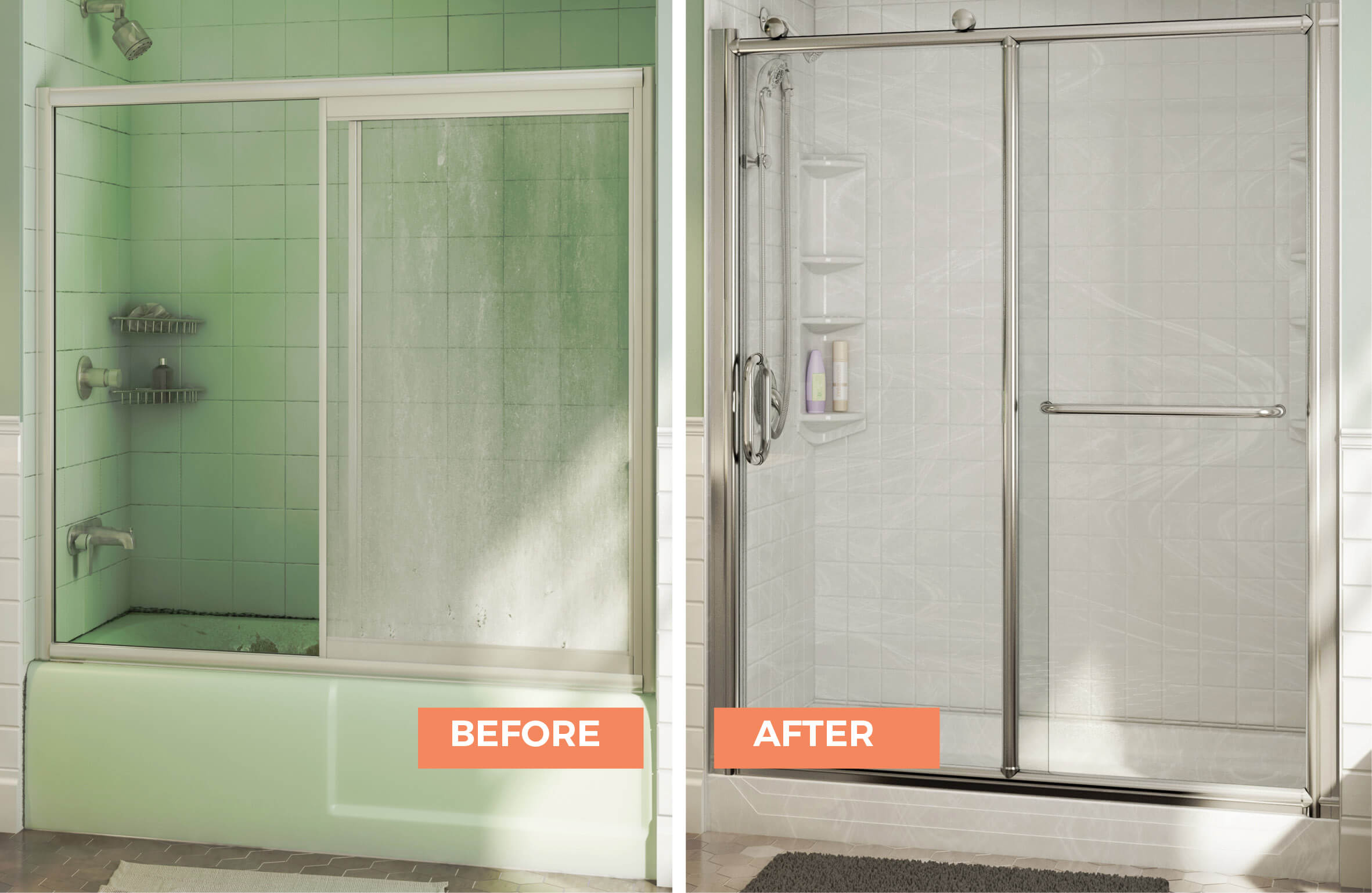
Before you decide to remove a wall, it is important to know its origins. Non-load-bearing walls are more difficult to remove. It can be dangerous and messy to smash them with hammers. It's better to remove walls in layers, similar to peeling onions. First you need to remove any items within the wall. After that, you need to remove the wallpaper. Once you're done, cut down the existing studs and remove any remaining wall-supporting structure.
Before you start, make sure that the wall is load-bearing. This can be difficult if the wall has bricks. In this case, you will need a structural engineer's report. The next step is to determine if the wall contains plumbing. If there is plumbing in the wall, you will need routing the pipes and electrical outlets. It can be dangerous to remove load-bearing walls.

You might consider tearing down a wall if you are renovating an old home. This can create more space in your house and make it more inviting. Then, you can start working on a new design. A wall can be removed to create more space in your home. You must protect your property. Take into account the impact of demolishment on the surrounding areas and the structure.
Before you start tearing down walls, it is important to determine if they are load-bearing. By looking at the wall carefully, you can usually determine if it is load bearing. If you are working from a second floor you should inspect the crawlspace and basement for drains. Once you have checked for drains in the basement or crawlspace, you can proceed to removing and repairing the wall. It is a great idea to open up the space and let more sunlight in.
Before you tear down a wall, you should check for plumbing. By inspecting the wall carefully, you can determine if it's load-bearing. Often, a sink will have drains that are hidden in the wall, so check the pipes beneath it and ensure that there are no obstructions to their flow. If you find them in the crawlspace, be sure to turn off water and power mains.

Turn off the water supply to the house and turn off circuit breakers. Consider the plumbing when you are tearing down wall in crawlspace. If the drain or toilet blockage is evident, this could indicate that the wall is load-bearing. You may also be able to search for other plumbing outlets if the wall is being removed from a second-floor level. You can try checking your crawlspace.
FAQ
How do you sell your house quickly and without the need to pay realtor fees
If you want to sell your house quickly, then you should start looking for buyers immediately. This means you need to be open to any offer the buyer makes. Waiting too long can lead to losing out on buyers.
Are permits necessary to renovate my property?
Yes, you will need permits before starting any home improvement project. You will require a building permit as well as a plumbing permit in most cases. A zoning permit is also required depending on the type and extent of work you are performing.
How important does it matter to be pre-approved before you apply for a loan
Pre-approval is crucial for getting a mortgage. It gives you an idea how much money it will cost. It will also help you determine if you are qualified for a specific loan program.
Should I hire an architect or builder?
It might be easier to have someone else do the work if you're planning on renovating your own house. If you're looking to purchase a home, an architect or builder can help you achieve your goals.
How do you choose a good contractor to work with?
Ask family and friends for referrals when looking for a contractor. Online reviews are also a good option. Make sure that the contractor you choose has experience in the area of construction that you are interested in. Refer to previous clients and verify their references.
Statistics
- It is advisable, however, to have a contingency of 10–20 per cent to allow for the unexpected expenses that can arise when renovating older homes. (realhomes.com)
- ‘The potential added value of a loft conversion, which could create an extra bedroom and ensuite, could be as much as 20 per cent and 15 per cent for a garage conversion.' (realhomes.com)
- According to the National Association of the Remodeling Industry's 2019 remodeling impact report , realtors estimate that homeowners can recover 59% of the cost of a complete kitchen renovation if they sell their home. (bhg.com)
- A final payment of, say, 5% to 10% will be due when the space is livable and usable (your contract probably will say "substantial completion"). (kiplinger.com)
- On jumbo loans of more than $636,150, you'll be able to borrow up to 80% of the home's completed value. (kiplinger.com)
External Links
How To
How much should I spend on restoring my house?
The cost of renovating a home depends on how many rooms it is, what kind of renovations, where it is located, and whether the work will be done by professionals or you. The average cost of renovation ranges from $10,000 to $50,000, depending on the size and scope of the project.
You'll probably get less than the market value of your home if you don’t include the cost of repairs, upgrades and other improvements. You might even lose money if you put too little effort into making your home look its best before selling. On the other side, if your home is in a good condition, you can get more money if you put in the effort.
These factors will help you choose which projects to start first.
-
Your budget. If you have a limited budget, start small. For example, you can tackle one room at a time, such as painting walls or replacing flooring. You can also hire a contractor that specializes in kitchen remodels to make major changes without spending too much money.
-
Priorities. What are your priorities? Do you want to improve your home's overall condition or fix specific issues? If you decide to address one issue only, remember that small problems can quickly become major ones. You might have to replace your roof sooner than you thought if it leaks each time it rains.
-
Your timeline. Your timeline. You wouldn't, for instance, want to put hardwood floors in your new house or change the bathroom fixtures if you plan to move next year. To make these upgrades, it might be a good idea to wait until you leave your home.
-
Your skills. If you lack certain skills needed to perform a given project, find someone else to handle them. A cabinet maker might be available to help you if your carpentry skills do not allow you to make custom cabinets.